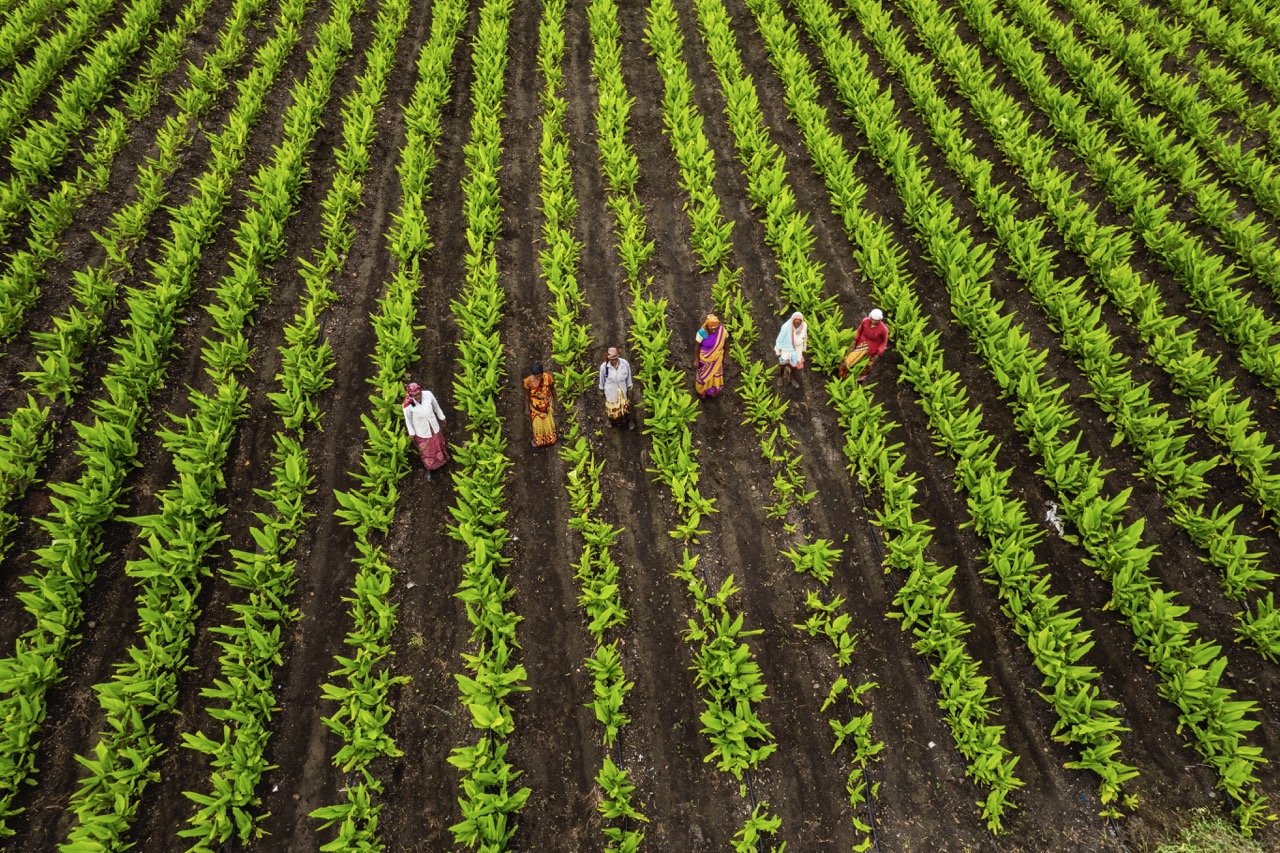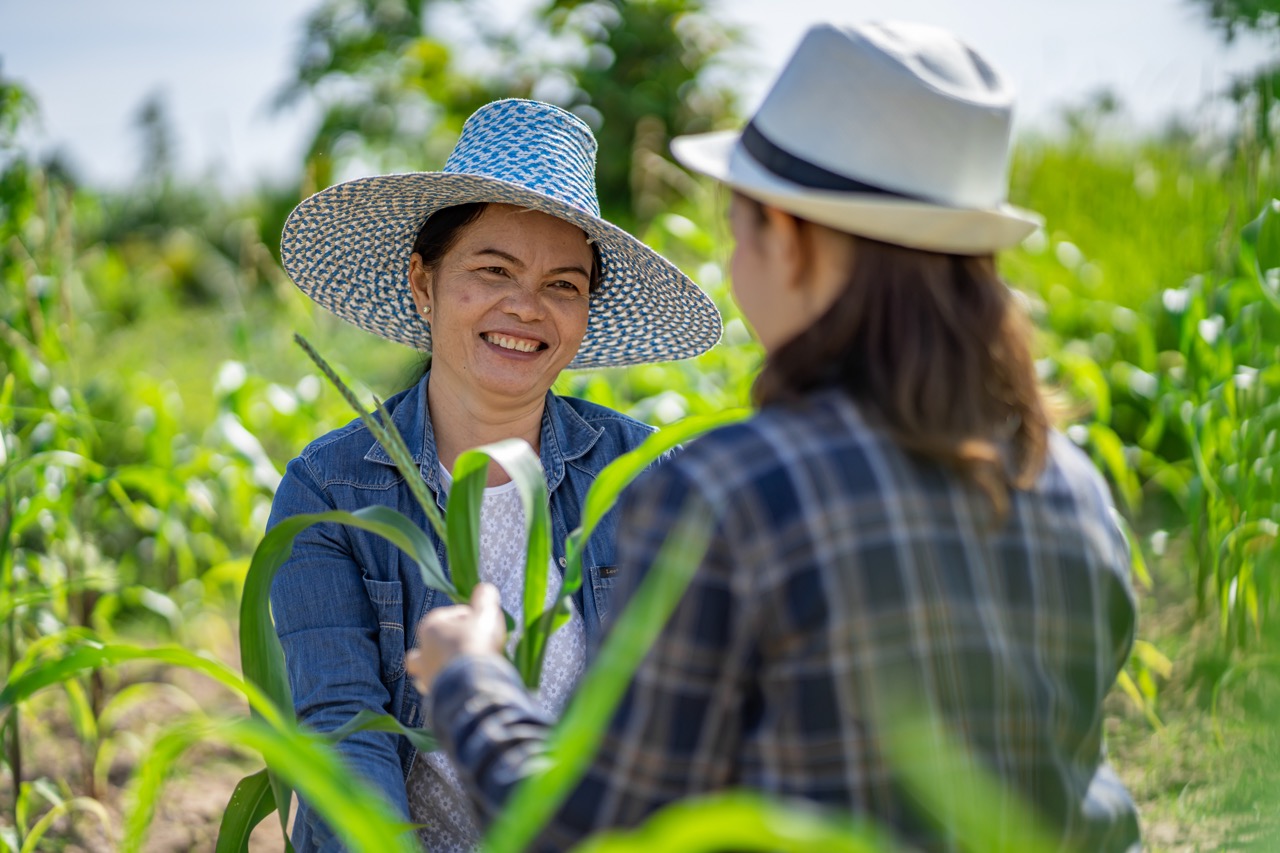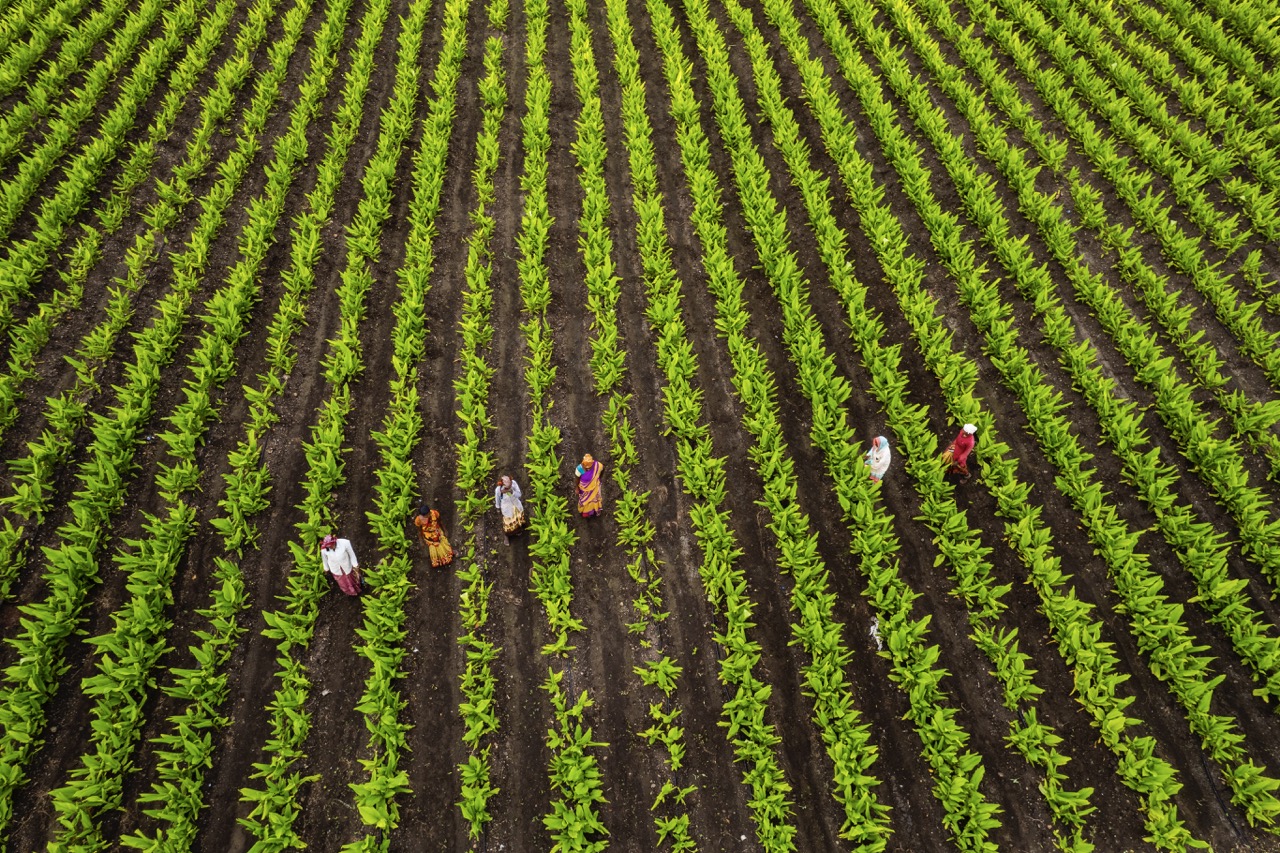As the world grapples with food security and sustainable agricultural practices, crop sharing emerges as a compelling solution for supporting small-scale farmers. This approach, which emphasizes collaboration and resource-sharing, has the potential to empower farmers who often face significant challenges in accessing land, capital, and markets. By exploring the dynamics of crop sharing, we can uncover its benefits, the hurdles farmers face, and successful implementations in rural communities.
Understanding Crop Sharing and Its Role in Agriculture
Crop sharing, often referred to as sharecropping, is a system where farmers cultivate land owned by others in exchange for a portion of the harvest. This practice has historical roots in various cultures and is reborn in contemporary agricultural systems as a means to enhance food production while ensuring equitable resource distribution. Although crop sharing can take different forms, the fundamental principle remains the same: fostering collaboration among farmers to optimize productivity and minimize risks associated with farming.
In modern contexts, crop sharing can also encompass cooperative farming initiatives, where small-scale farmers collectively manage resources, share equipment, and access markets as a unified entity. This model not only enhances the efficiency of agricultural practices but also promotes community solidarity. By aligning interests and pooling resources, farmers can navigate challenges like climate variability, market fluctuations, and the need for more sustainable practices.
The role of crop sharing extends beyond merely increasing food production; it also fosters social cohesion and resilience among small-scale farmers. When farmers work collaboratively, they can share their knowledge, skills, and experiences, creating a rich learning environment that contributes to innovation and adaptive practices. In this way, crop sharing becomes not just a means of survival but a pathway toward sustainable agricultural development.
Benefits of Crop Sharing for Small-Scale Farmers
One of the most significant benefits of crop sharing is improved access to land and resources. Small-scale farmers often struggle with land ownership, which limits their ability to grow their operations. Through crop sharing agreements, these farmers can utilize land that would otherwise remain unproductive, thereby increasing their potential output. This access can make a substantial difference in their livelihood, enabling them to produce more food and generate additional income.
Moreover, crop sharing allows farmers to spread the financial risks associated with agriculture. By working together, they can share costs for seeds, fertilizers, and equipment, reducing the financial burden on individual farmers. This collective approach can also enhance bargaining power when it comes to selling their harvest, allowing them to negotiate better prices and terms. As a result, crop sharing can lead to greater economic stability for small-scale farmers, fostering increased productivity and income.
Lastly, participation in crop sharing can lead to enhanced social networks and community engagement. Farmers involved in these arrangements often develop strong ties with their neighbors, fostering a sense of belonging and mutual support. This social capital is vital in times of adverse conditions, such as natural disasters or market downturns, as farmers can rely on one another for assistance and resources. In this way, crop sharing not only benefits individual farmers but also strengthens rural communities as a whole.
Challenges Small Farmers Face in Implementing Crop Sharing
Despite the numerous advantages of crop sharing, small-scale farmers often encounter significant challenges in its implementation. One of the primary obstacles is the lack of legal frameworks governing land use and crop sharing agreements. In many regions, unclear property rights can lead to disputes and distrust among parties, making farmers hesitant to engage in these arrangements. Without clear contracts and protections, the risks of exploitation and inequitable agreements can deter small farmers from participating.
Another challenge is the varying levels of access to information and resources. Farmers in remote or underserved areas may not be aware of crop sharing opportunities or may lack the necessary skills to negotiate such agreements effectively. Additionally, the knowledge of best agricultural practices and sustainable techniques may not be evenly distributed, leading to disparities in productivity among those involved in crop sharing. This information gap can undermine the potential of crop sharing to enhance agricultural outcomes.
Lastly, external factors such as market volatility, climate change, and socio-political instability can complicate crop sharing arrangements. When markets fluctuate or environmental conditions become unpredictable, the agreements that farmers have established may no longer be viable. This uncertainty can create tension within sharing partnerships, as parties may struggle to adapt to changing circumstances. Addressing these challenges requires concerted efforts from governments, NGOs, and agricultural organizations to create supportive environments for crop sharing initiatives.
Successful Examples of Crop Sharing in Rural Communities
There are numerous successful examples of crop sharing initiatives that demonstrate the potential benefits for small-scale farmers. One notable case is found in the Philippines, where community-based organizations have implemented a program that connects landowners with farmers seeking to cultivate underutilized land. By establishing fair crop sharing arrangements, these initiatives have enabled farmers to increase their yields significantly while providing landowners with an income stream. This collaborative approach has fostered a sense of community and shared responsibility toward sustainable agricultural practices.
In Kenya, farmers have formed cooperatives that engage in crop sharing and collective marketing of their produce. These cooperatives allow members to pool resources for purchasing seeds and fertilizers, as well as for accessing shared machinery. By working together, these farmers can negotiate better prices in local and regional markets while also benefiting from shared knowledge and training on sustainable farming techniques. The cooperative model not only enhances their economic resilience but also strengthens social ties within the community.
Another inspiring example can be found in India, where women’s self-help groups have embraced crop sharing as a means of empowerment. These groups facilitate land access for female farmers, enabling them to cultivate crops together and share the harvest. This initiative has not only improved food security for their families but has also increased women’s participation in agricultural decision-making. By fostering collaboration among women farmers, the program has demonstrated the transformative power of crop sharing in promoting gender equity and economic development in rural areas.
Crop sharing presents a viable strategy for empowering small-scale farmers and fostering sustainable agricultural practices. While there are challenges to its implementation, the benefits—ranging from improved access to land and resources to enhanced social cohesion—are significant. Successful examples from around the world illustrate the potential of crop sharing to transform rural communities and strengthen the livelihoods of those who depend on agriculture. As we move forward, it is crucial for stakeholders to support and promote crop sharing initiatives, paving the way for a more equitable and sustainable agricultural landscape.










